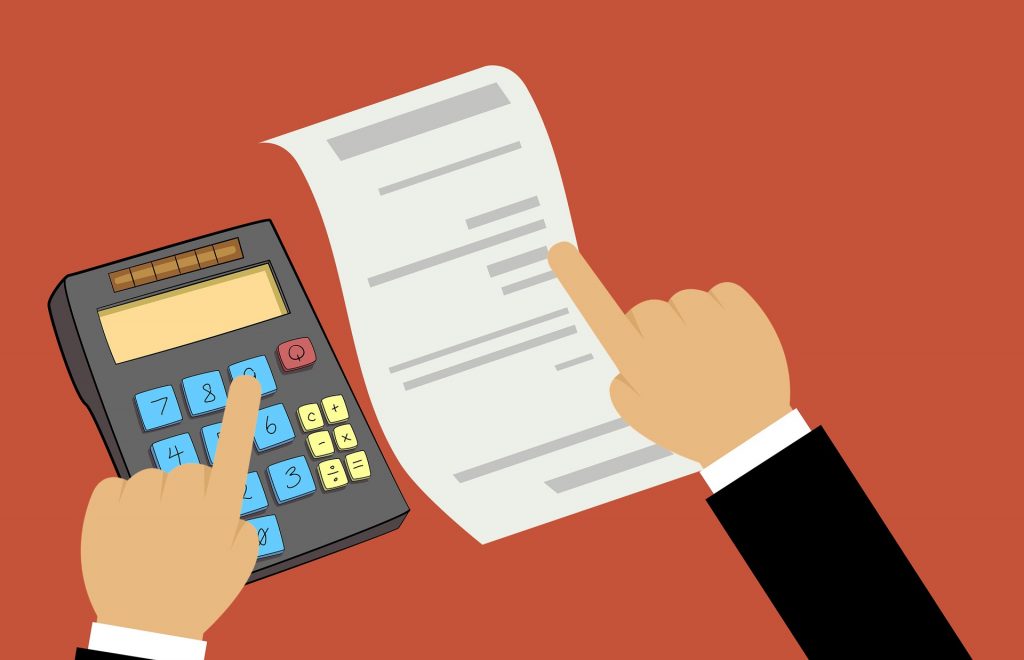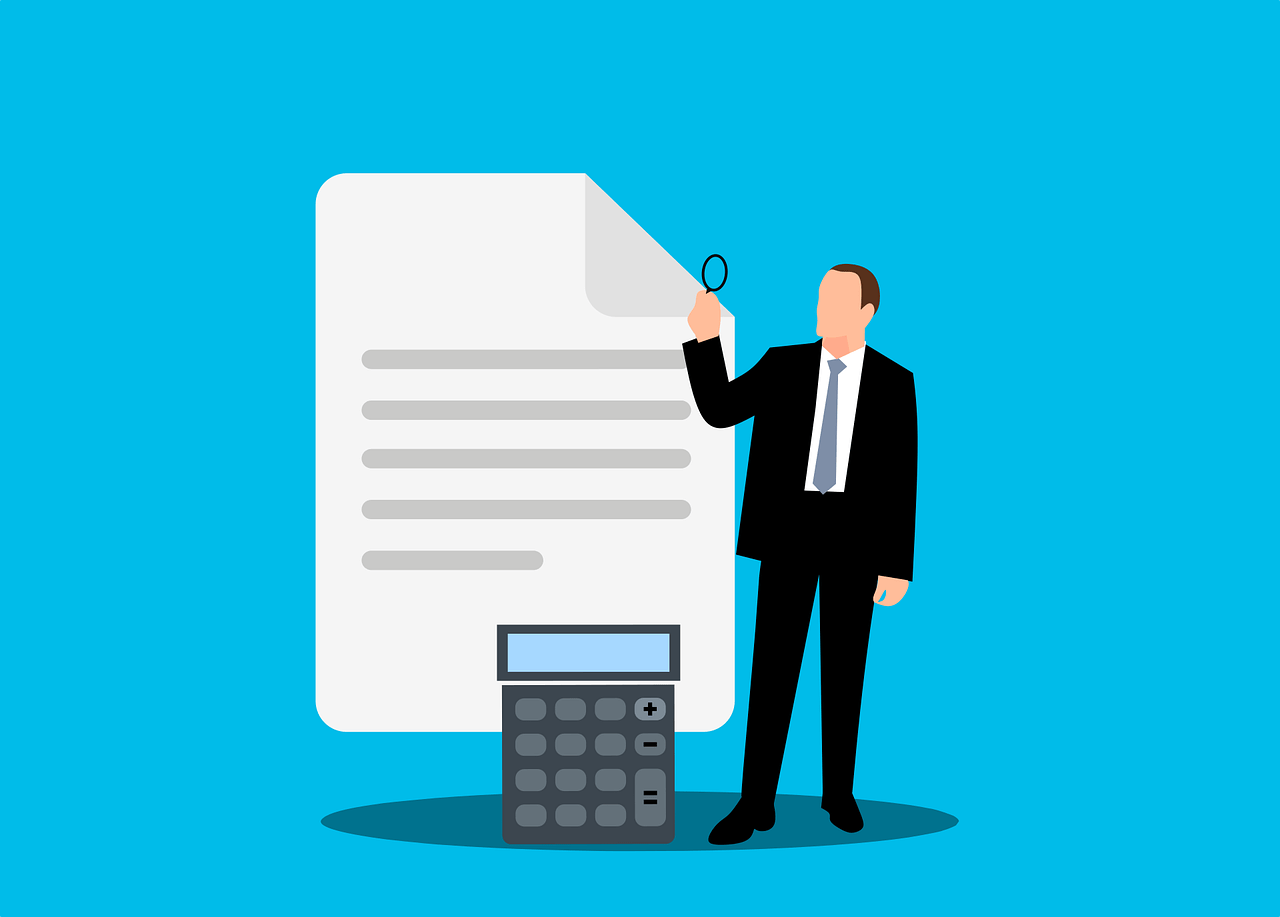The adoption of the e-invoice in UAE is picking up pace in the Region, the United Arab Emirates (UAE) have indicated plans to introduce E-Invoicing.
VAT was introduced in the UAE on 1st January 2018. As per the VAT law, authorities recognizes digital or electronic invoicing as a valid model to generate and use invoices or Fatoorah.
What Is VAT?
VAT is an Indirect Tax that is levied on the consumption of most goods and services, though some
supplies are typically exempt from VAT such as certain financial services, certain real estate transactions,
etc. As VAT is a consumption tax, in principle it is ultimately incurred and paid by the end-consumer.
VAT is levied at each stage of the supply chain and (generally) collected by the supplier of the goods and
services on behalf of the Government. Generally, businesses can recover the “input VAT” they
incur on their purchases from suppliers. This input VAT can be claimed against “output VAT” collected
from customers. In the case of a surplus, the difference is remitted to the Government.
As per the law:
- Accept the creation, submission, filing and retention of documents in electronic mode.
- Issue any decision, approval, licence, and permit electronically.
- Accept fees or any other payments in an electronic form.
- Call for tenders and receive bids pertaining to government procurement electronically.
The government is going completely paper-free in 2021 an initiative that eliminates over 1 billion paper pieces every year, used for government transactions. The aim is to save time, resources, and the environment through the paperless government. All the internal and customer-facing transactions will be digitised from 2021 to become an entirely paperless government. The government will no longer accept or issue paper documents for all its operations.
Introduction of E-Invoice in UAE

The Government shall make e-invoicing mandatory following the lines of the KSA. Experts closely tracking compliance in this region expect the government mandate to be out by March 2022. The process of electronic invoicing is uploaded by National Informatics Centre. The following points are important for understanding electronic invoicing goods and services tax
- The requirements of electronic invoicing will be applicable to every transaction of B2B requiring an invoice of tax.
- Electronic invoicing is to be needed against outward supplies which are liable to GST in reverse change mechanism.
- The exempt categories of the tax payers which include the entities that are involved in transportation of goods or passengers, banking institutions, non-banking financial institutions, and insurance companies etc. must comply with requirements of electronic invoicing for the suppliers other than the supplies of core business where they must issue regular tax invoice.
- For the business-to-government supplies, the clarification is to be issued about the good and services tax registration number that can be used for the supplies to the entities of government which are good and services tax registered for purposes of tax deducted at source only.
What is E-Invoice in UAE?
E-invoicing is the electronic exchange and receipt of an invoice from one accounting system to another in a prescribed format. The government aims to change digital transparency to tackle the shadow economy, curb tax evasion, and improve compliance. According to research from Deloitte Access Economics, digitising the financial relationship between businesses through an authorised network will result in significant cost savings and economic benefits overall.
Deadline For E-Invoice in UAE
The UAE government has given legal recognition to e-invoices. However, sooner or later, it shall also make e-invoicing mandatory following the lines of the KSA. Experts closely tracking compliance in this region expect the government mandate to be out by March 2022.
Rules For Complying With E-Invoice in UAE
- The taxpayers should comply with adopting to E-Invoice in UAE by using electronic document in the same format as the one used to create, send, or receive. They must ensure they do not alter the invoice content and have necessary controls. The timestamp applied on each e-invoice ensures that the document has stayed unaltered since its creation and is available for online display and print.
- Electronic invoices are required to be in a format that allows readability. There should also be secured online access to e-invoices for downloading as PDF.
- The authenticity of its origin must be guaranteed. For every electronic invoice, there is an original file ready for download anytime. Certified e-signature is used to check the issuer and authenticate or verify data electronically.
E-Invoice in UAE: What is The Way Forward?
It is time to plan and develop an e-invoicing strategy that examines how new protocols will impact financial management processes and software systems. First and foremost, it’s much easier to manage e-invoicing through the cloud than in-house software.
It is that cloud accounting providers are equipped to handle e-invoicing in a better way. Most providers intend to support e-invoicing over the coming months and in March, If you can’t find any look where else. Systrix’s Travel Accounting Software makes the dull job of creating invoices so simple, you will be able to save time to focus on your core business activities. You can get invoice templates that have fields for HSN or SAC code, TRN number, state of business operation which are mandatory for business owners to stay compliant.


 VAT in UAE: Impact on Travel & Tourism Industry
VAT in UAE: Impact on Travel & Tourism Industry